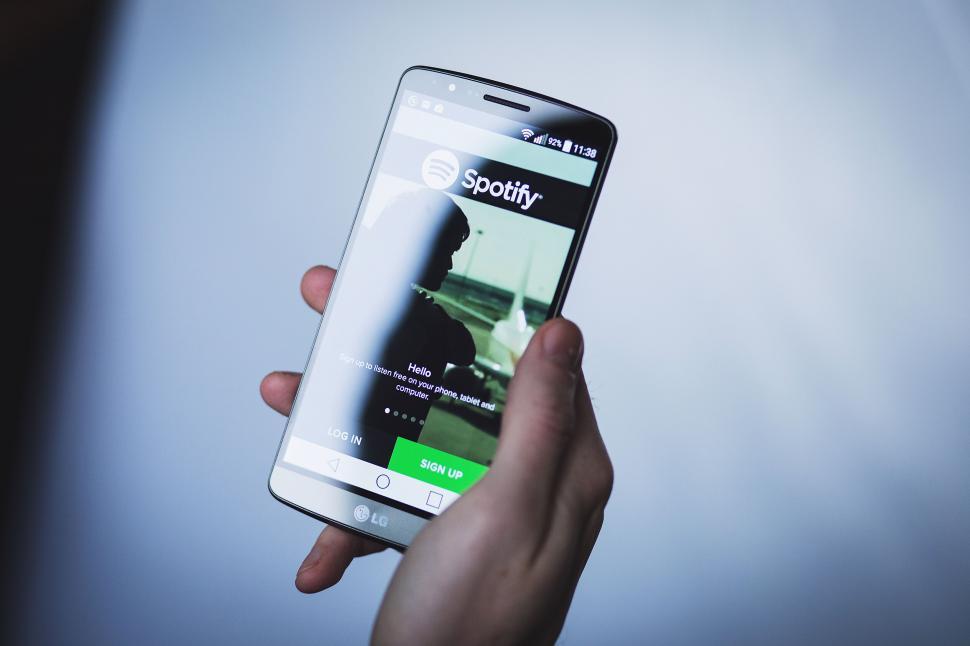Which streaming service pays artists the most?
When we put our headphones on or earbuds in and press play day in and day out, it’s fair to say that there’s likely not much further thought going into what is going on behind the scenes: that is, on the streaming apps on our phones. I mean, I’m not attacking anyone in particular, I fall victim to this myself. On the bus, train, car, or even in bed relaxing, listening to music has become an integral part of life: without it, I would go as far as to say that a large proportion of the world’s population would probably descend into mass chaos.
No matter how you stream your music, whether it’s on Spotify, Apple Music, YouTube or, (for those of you clinging onto the golden days) SoundCloud, pressing that play button impacts more people’s lives than you might think. Upon exploring the disparity in the compensation different streaming sites offer to artists for getting plays on their music, it begs the question of why everyone doesn’t just use the highest paying streaming site.
The highest paying site as of 2023 was Tidal, offering €0.03 per stream
To cut to the chase, it’s not as simple as picking the highest paying site. The highest paying site as of 2023 was Tidal, offering €0.03 per stream. This was followed by Qobuz and Apple Music, with the average payout for these platforms falling from between €0.01 and €0.016 per stream. The beloved Spotify ranks near the bottom, paying around €0.003 to €0.005 per stream. This number has drastically decreased over time however, as when Spotify officially launched in 2011, it paid out over twice as much per stream as it does today. Furthermore, 80% of all songs available on Spotify are ultimately streamed less than 1000 times. The artists you listen to with millions or even billions of streams per song are in reality a large minority.
So, why would anyone choose to use Spotify? Well, it’s a relatively simple answer. Spotify holds the vast majority of music subscribers, at around 31% of the entire user base, with the second largest being all the way down at 15%. Some simple maths tells us then, that the average artist is most likely to gain attention on the platform with the largest user base (which may therefore make up for the low compensation because of the volume of listeners). Some may argue that Spotify is abusing its artists with this absurdly low compensation. This may be the case however, as it is still a business, it must arguably prioritise its survivability. If Spotify kept the compensation per stream it had when it first launched, it would make a fraction of the profit it does today and likely be out of business considering how many artists upload music there.
The matter of streaming services underpaying can only be addressed after the funds have been issued. On average, a streaming site will take a 30% cut from whatever a song makes, which means that the rest is sent to the artist. The majority of the time, the artist is signed to a record label or group, meaning they do not take 100% of the rest of this cut. To break this down: firstly, the music distributer takes their share, followed by the record label, then the songwriter (if this is not the artist themselves), the publisher, and finally the artist. Independent artists such as Frank Ocean, Chance the Rapper and Billie Eilish have all somewhat demonstrated an increased potential to gain profit, but it remains to be said that most artists simply cannot reach the level of exposure needed without a label behind them.
There is also potential for contracts between streaming sites and artists to be compensated monthly or yearly on their percentage of earnings
Is it feasible to suggest that artists should be paid more? Is it possible for them to be paid fairly per stream? The disparity in pay for artists has been recognised: in 2022, Congresswoman Rashida Tlaib announced an initiative to directly compensate musicians with fairer payment in her push for a new royalty program. There is also potential for contracts between streaming sites and artists to be compensated monthly or yearly on their percentage of earnings. This all sounds great; however, nothing has materialised as of yet. Streaming sites will also likely attempt to resist efforts such as these as much as possible in order to maintain profits.
As streaming music continues to grow in popularity year on year, we will likely continue to see a rise in the use of these services. The future for artists could be bleak if streaming sites continue to dilute pay even more to accommodate more users on their platform. There have been increased instances of talks of legislation in recent years, however until anything is enforced, these sites continue to hold all the power.

Comments